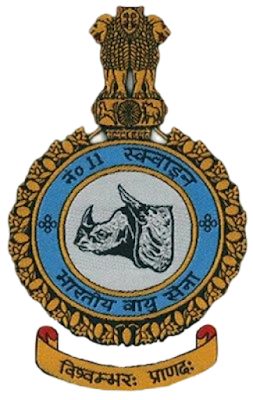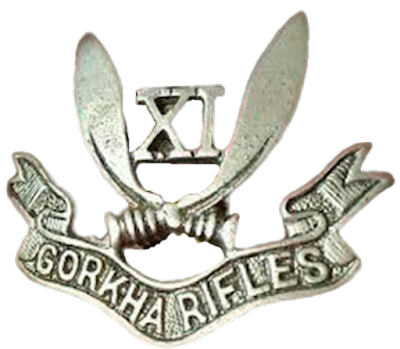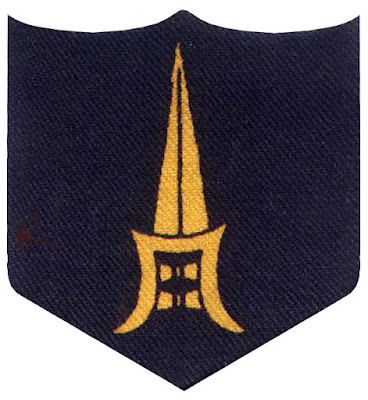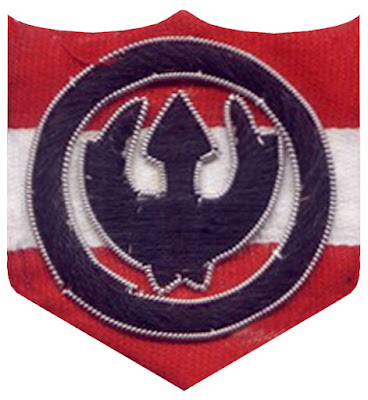NO. 11 SQUADRON

NO. 11 SQUADRON On November 15, 1951, 11 Squadron was formed at Barrackpore with a complement of 10 Dakota MK III And MK IV aircraft. Squadron Leader P Mehta was the first commanding Officer of the Squadron. The `One-horned Rhino' was chosen as the Squadron emblem when the Squadron moved to Jorhat in February 1961. The Squadron's motto was chosen as `Vishwambarah Prandah', meaning `Supporters of the Universe'. The Rhinoceros was chosen as it is famed for its indomitable courage, superlative strength and the ability to stand tall amidst any calamity. The famed one horned Rhinoceros has made its abode in the Kaziranga sanctuary for thousands of years now. Thus it was apt that the Rhino was chosen to represent the No. 11 sqn, as it was to become the backbone of the transport fleet of the Indian Air Force. An-32 aircraft were later inducted in Jan 96 at Sulur And HS-748 aircraft were fully replaced by Aug 96. On re-establishment at Baroda in Mar 2000, the Squadron


